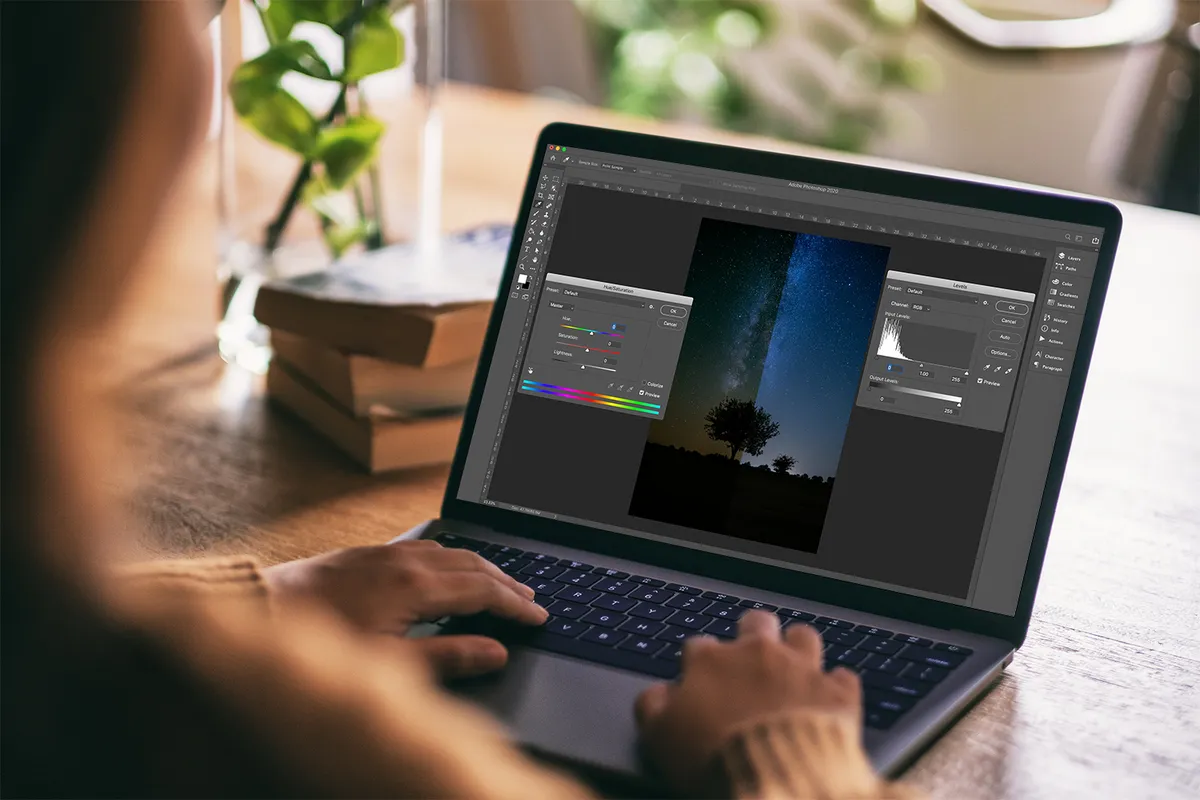A good challenge for October 2020 is to record the current meeting between bright planets Jupiter and Saturn, and the very dim dwarf planet Pluto. Where Jupiter and Saturn are easy to spot with the naked eye, to see Pluto visually requires a large aperture instrument.
There are reports of it having been seen with quite modest scopes, but from the UK at least, it’s rather low and affected by atmospheric haze. To be honest, even a large instrument might struggle with it currently.
Shining around 14th magnitude, Pluto does fall within range of a camera. In fact, modern imaging equipment is pretty adept at capturing objects this faint.
Light pollution may cause problems, but for this challenge at least finding the dwarf planet will be straightforward: it lies just south of the line joining Jupiter and Saturn.
An equatorial tracking platform is highly recommended for this challenge. It could be a dedicated camera mount, a camera attached to a telescope on a tracking mount, or simply a camera with a standard photographic lens piggybacked onto a tracking telescope.
Your setup will need to be able to record stars preferably down to mag. +15.0.

The small chart inset above shows stars down to this limit. We’ve marked several magnitudes of stars near 50 Sagittarii.
In the main chart you can see the area covered by the box close to Jupiter’s position on 31 October. As long as your setup can record stars close to the mag. +15.0 limit you’re in with
a chance of recording Pluto.
A crisp clear October night is best as well as true darkness. At the time true darkness falls the conjunction party will be low in the south-southwest.
One way to confirm you’ve managed to record Pluto is to use images taken over several nights.
Load them into a layer-based photographic editor, one image per layer, aligned using the stars, and flick between them in date order. If you’ve recorded Pluto, it should be visible due to its apparent motion relative to the stars.

A word of caution when using digital images to try and identify Pluto. Make sure you record a set of dark frames. These are images taken using the same camera settings as those used to image Pluto, but with the lens cap on.
Average these together to reduce random noise and then subtract them from your main Pluto images. This process will eliminate hot pixels, which could be mistaken for the dwarf planet.
Once you have a set of clean, hot pixel-free images, the blink method should reveal the presence of Pluto fairly easily – assuming your magnitude depth limit is low enough.
Have you managed to observe or even photograph Pluto, Jupiter or Saturn? Let us know by emailing contactus@skyatnightmagazine.com or get in touch via Facebook, Twitter and Instagram.
Pete Lawrence is an experienced astronomer and a co-host of The Sky at Night. This article originally appeared in the October 2020 issue of BBC Sky at Night Magazine.
